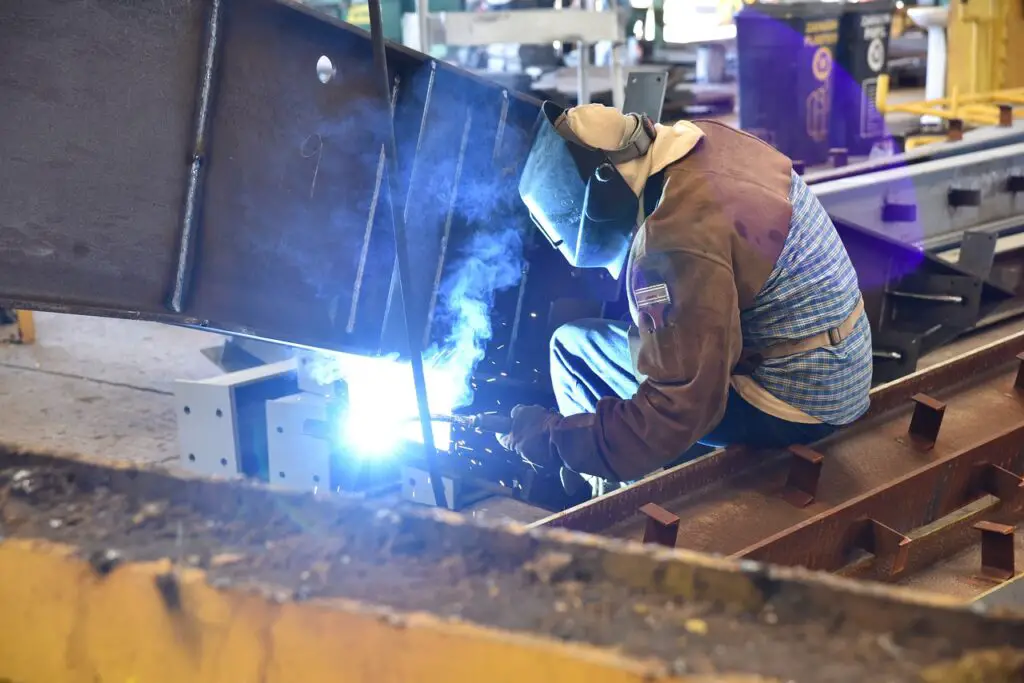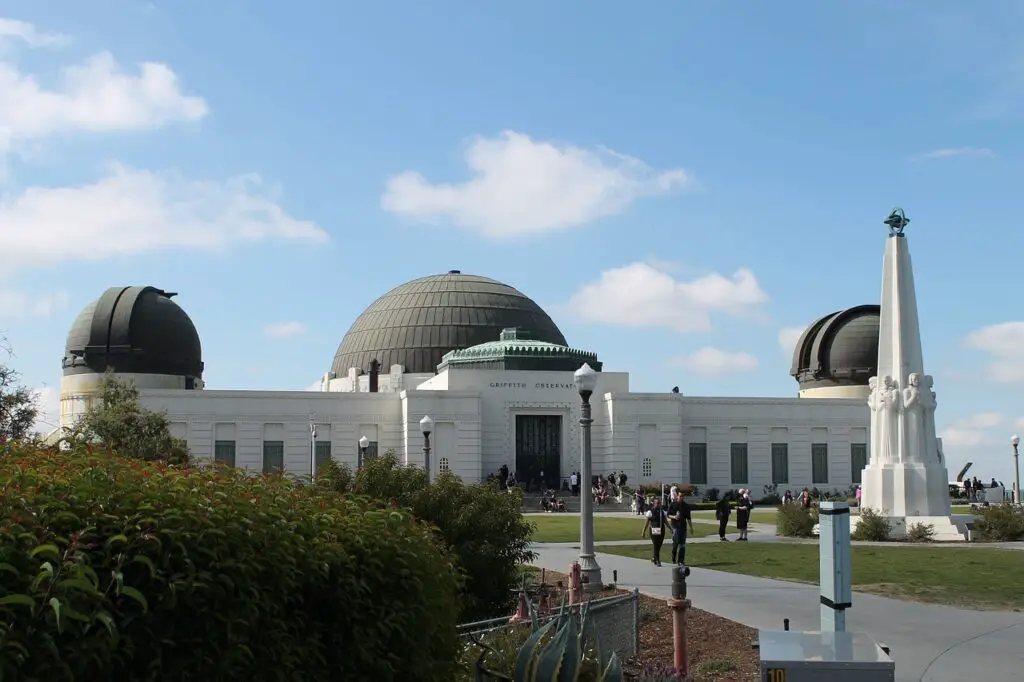The main purpose of the Works Progress Administration (WPA) was to employ unskilled labor (mostly men) to carry out public works projects in order to revive the United States economy during the Great Depression.
It was the largest and most ambitious American New Deal agency, employing millions of people (mostly unskilled men) to carry out public works projects, including the construction of highways and bridges, the renovation of public buildings and parks, and schools.
What was the WPA?
The Works Progress Administration (WPA) was a federal relief agency created in 1935 by the executive order of President Franklin D. Roosevelt. This federal works program was part of the New Deal programs and helped put millions of Americans to work on projects such as public buildings, roads, and bridges. The WPA was one of the most successful New Deal programs and was able to lift the country out of the Great Depression.
The WPA was similar to the Public Works Administration (PWA) in that they both involve construction of infrastructure and aimed at improving the economy as programs of the New Deal. However, the PWA was involved in handling larger projects using private firms with skilled labor whereas the WPA was involved with projects within the local and state levels and employed mostly unskilled labor.
Works Progress Administration Purpose
- To revive the economy of the United States
- To reduce unemployment
- Create infrastructure
- Training and funding skills such as artists,
Creation of Jobs for millions of Americans
A major Works Progress Administration purpose was the creation of jobs for more than 3 million Americans. The unemployment rate of the United States in 1935 was about 20%, but with the creation of the WPA, the unemployment rate was reduced to 1.9% by 1943 when the works progress administration ended. Unskilled men formed a larger percentage of the WPA employed population.

Building and maintaining infrastructure
In 1939, the works progress administration was renamed the Work Projects Administration and it succeeded in construction and building of more than 4,000 schools, 29,000 bridges, and 130 hospitals. The purpose of the works progress administration also extended to planting of trees to prevent loss of topsoil caused by Dust Bowl (severe dust storm).

Other projects accomplished by the WPA were the construction of about 9,000 miles of storm drains and sewer lines and repair and maintenance of more than 280,000 miles of roads.
Training and funding
The purpose of the works progress administration was not restricted to construction alone; there was need to inspire the population and make them hopeful about life in the Great Depression. To achieve this, the WPA created several programs under the name Federal Project Number One. The Federal Project Number One employed artists, musicians, actors, writers, directors in arts, media, drama, and literacy projects.
The writers were to record oral histories in order to create archives and collections of folklore. Some were involved with research while others were editors in government agencies.
Some were funded and trained to become artists, performers and entertainers; and many more.
Who did the WPA help?
The WPA helped millions of Americans to become employed and also provided infrastructure to communities as well as training and funding arts and education programs. Children, Men, Women, people with disabilities and the United States all benefited from the WPA.

Does the WPA still exist today?
The WPA continued to exist until 1943 when it was replaced by the War Production Board. Today, there is no federal agency that is equivalent to the WPA. However, there are a number of state and local agencies in the United States that provide employment and training opportunities for low-income individuals and families.
What did the WPA do?
The WPA provided employment opportunities for Americans who were struggling during the Great Depression. The agency put people to work on a variety of public works projects, such as building roads, bridges, and schools. The WPA also oversaw the training, funding, and construction of many iconic buildings and artworks.
Was the works progress administration successful?
The Works Progress Administration was successful in employing millions of Americans and it also helped to revive the economy of the United States during the Great Depression; however, it was plagued by corruption and inefficiency, and many of its projects were poorly planned and executed.
There is no question that the WPA was a massive undertaking; at its peak, it employed more than 3 million people. The vast majority of these workers were engaged in construction projects, such as building roads, bridges, and schools. The WPA also employed writers, artists, musicians, and actors to create public artworks and put on performances across the country.
While the WPA did provide much-needed jobs and stimulate economic activity, it was not without its flaws. Many WPA projects were marred by corruption and wastefulness; for example, some contractors used substandard materials or overcharged for their services. In addition, many of the projects undertaken by the WPA were poorly planned or ill-conceived. As a result, many of them did not achieve their intended goals or had little lasting impact.
Overall, the WPA was a mixture of success and failure because it actually helped to ease the suffering of millions of Americans during the Great Depression but was also plagued by corruption and inefficiency.
What did the WPA build?
The WPA built highways, bridges, dams, parks, and public buildings. The WPA also built schools, hospitals, and housing developments for low-income families.
What happened to the WPA?
The works progress administration came to an end in June 1943 when World War II created a demand for workers in the private sector. There was a decrease in the need for its services due to the end of the Great Depression and America’s entry into World War II. Another reason why the WPA was terminated by Congress was its dependency on government assistance and it was criticized for being inefficient and wasteful.
Nansel is a serial entrepreneur and financial expert with 7+ years as a business analyst. He has a liking for marketing which he regards as an important part of business success.
He lives in Plateau State, Nigeria with his wife, Joyce, and daughter, Anael.
